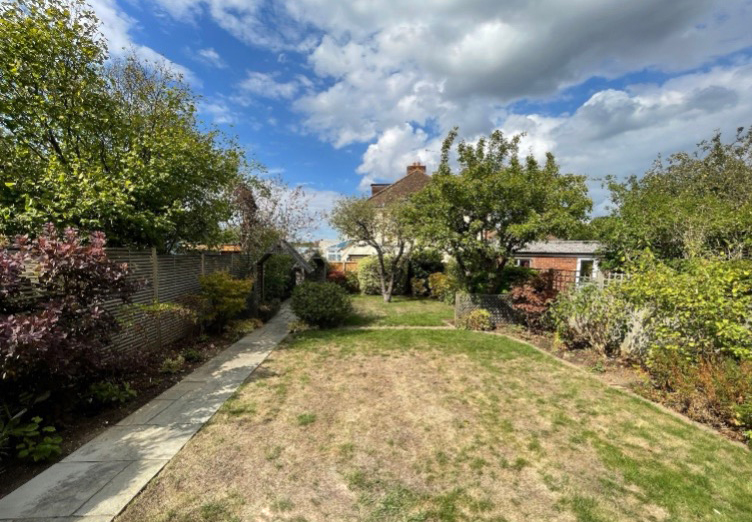Garden rescue
Record temperatures and drought conditions this summer have devastated many gardens, killed lawns, shrubs and sent trees into decline. So, what can we do to manage this in our gardens today and for next year?
Immediate action – WATER!
Make a watering plan
With a hose pipe ban in force for most of the UK you need to revert to watering from a watering can or drip irrigation is allowed (I will go into more detail about these later in this blog).
We spend a lot of time watering with hosepipes and watering systems, whilst this is easier and more convenient it is not as effective as by the can. There is a real chance of overwatering so a hose pipe ban does not mean all your plants will die, if you make a plan.
Below is a very general list of some types of plants that need watering at a different frequency, this is not an exhaustive list and you should explore your varieties.
Plants to water 1-2 daily (you will need to monitor): Seedlings, plants internally in pots. Tree ferns directly at base.
Plants to water once a week: Spinach, Lettuce, Cauliflower, Hydrangeas.
Plants to water 10-14 days: Clematis, Roses, Fruit trees, Camellias, Iris.
Plants to water very infrequently: Cordyline, Verbascum, Vinca, Agave.
Make an action plan
Pruning or leave alone?
Assess the current damage – walk around your garden and make a note of which plants look unhealthy, have dead leaves, dead sections, signs of regrowth (caused by recent rains). You will need to compare what these plants look like now to what they look like normally this time of year. This will then form part of your plan to see what can be done now and ahead, to aid recovery.
Drought tolerant plants will naturally recover and with recent rains should be showing new shoots.
Herbaceous perennials-Shrubs-Trees
We suggest only pruning back drought related damage when regrowth has happened on most actively living plants. It is quite common for gardeners to go around trimming plant’s dead sections when the tree or shrub section they are cutting is not actually dead. The only way to tell this is when you can see active regrowth. Of course, if the plant is completely dead then removal is the only option.
Lawn
Your lawn should recover fast from a drought. We suggest keeping cutting to bi-weekly and allowing the cut to be higher than normal. This will aid recovery. Long term work starting in Autumn will be required to improve the quality of the soil at the base of the plant and improve aeration. Root based fertiliser should also be considered along with scarifying and aeration but only once the lawn has recovered.

Do you replant?
If plants have died of course replanting is advised to keep beds full, and weeds at bay. As we come into the Autumn, we will have more precipitation, and this will last through to spring. The main issue is availability. Growers will only keep stocks of what they can sell, and specific varieties may not be available until the next season. It is worth noting that Thames Water say new planting, including turfing can be watered by hose for the first 28 days after installation.
Prevention measures for next year
Rainwater harvesting: install water butts to sheds, greenhouses and on the down pipes of your house.
Drip irrigation: install a computer run drip irrigation system.
Mulching: mulch plants to keep moisture in. This is a wonderful job after the autumn leaf fall has been cleared up.
Types of plants: plan beds around their watering habits making it easier to manage.
Keep up with weeding: weeds use up resources of feed and water in the soil so less weeds mean more for your valued plants.
